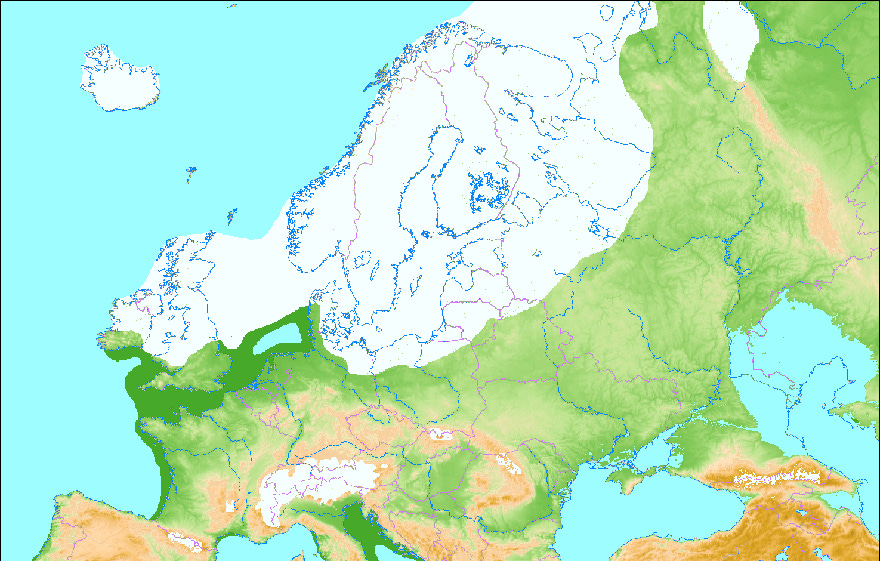Europe: 40000 BC to 1200 BC
Manage episode 439782878 series 3270887
If you have a sibling with autism, your future child’s risk for an autism diagnosis is increased by a factor of 2 to 3.5×. Orchid’s whole genome embryo reports can help mitigate your child’s risk by screening for over 200 genetic variants definitively linked to autism and other neurodevelopmental disorders. Discuss your situation with a genetics expert.
On this week’s episode of Unsupervised Learning Razib discusses the genetic and archaeological history of Europe from the arrival of modern humans (permanently) 45,000 years ago, to the end of the Bronze Age in the decades after 1200 BC. He covers these time periods:
Pre-Aurignacian (before 43 kya)
Aurignacian (43-26 kya)
Gravettian (33-21 kya)
Solutrean (22-17 kya)
Magdalenian (17-12 kya)
Epigravettian (21-10 kya)
Mesolithic (12-7 kya)
Neolithic (9-5 kya)
Bronze Age (5-3 kya)
Relevant papers:
The Persian plateau served as hub for Homo sapiens after the main out of Africa dispersal
A genome sequence from a modern human skull over 45,000 years old from Zlatý kůň in Czechia
An early modern human from Romania with a recent Neanderthal ancestor
Palaeogenomics of Upper Palaeolithic to Neolithic European hunter-gatherers
Survival of Late Pleistocene Hunter-Gatherer Ancestry in the Iberian Peninsula
Late Pleistocene human genome suggests a local origin for the first farmers of central Anatolia
Genomic Evidence Establishes Anatolia as the Source of the European Neolithic Gene Pool
Massive migration from the steppe was a source for Indo-European languages in Europe
The genomic history of the Iberian Peninsula over the past 8000 years
Steppe Ancestry in western Eurasia and the spread of the Germanic Languages
28 episoade





